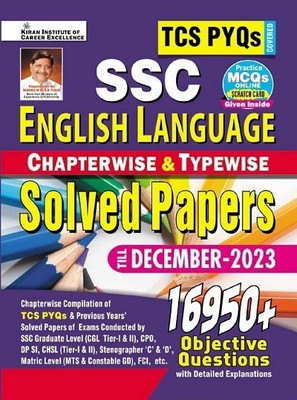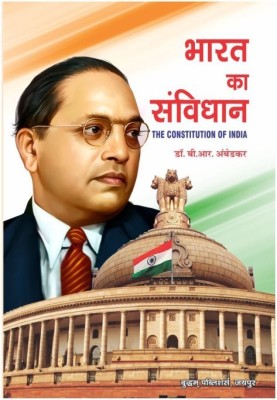
Indian Army Corps of Engineers: Bombay Engineer Group, Madras Engineer Group, College of Military Engineering, Pune, India (English, Paperback, LLC Books, LLC Books, Source Wikipedia)
Price: Not Available
Currently Unavailable
Highlights
- Language: English
- Binding: Paperback
- Publisher: Books LLC, Wiki Series
- ISBN: 9781156896303, 1156896304
- Edition: 2010
- Pages: 36
Description
Please note that the content of this book primarily consists of articles available from Wikipedia or other free sources online. Pages: 35. Chapters: Bengal Sappers and Miners personnel, History of the Corps of Engineers (Indian Army), Honours of the Bengal Sappers, Battle of Assaye, Second Anglo-Sikh War, Anglo-Persian War, First Anglo-Afghan War, Bombay Engineer Group, Bengal Engineer Group, Central India Campaign, James Rennell, Abyssinia, Madras Engineer Group, College of Military Engineering, Pune, India, Sir Fenton Aylmer, 13th Baronet, Brian Robertson, 1st Baron Robertson of Oakridge, James Morris Colquhoun Colvin, Edward Pemberton Leach, Narendra Dhar Jayal, John Charteris, Beni Boo Alli, John Sydney Lethbridge, Capture of Gawilghur, John Smith, List of battle and theatre honours of the Indian Army Corps of Engineers, Mysore, Khelat, The Sapper VCs. Excerpt: The Battle of Assaye was a major battle of the Second Anglo-Maratha War fought between the Maratha Confederacy and the British East India Company. It occurred on 23 September 1803 near Assaye in western India where an outnumbered Indian and British force under the command of Major General Arthur Wellesley (who later became the Duke of Wellington) defeated a combined Confederacy army of Daulat Scindia and the Raja of Berar. The battle was the Duke of Wellington's first major victory and one he later described as his finest accomplishment on the battlefield. From August 1803, Wellesley's army and a separate force under the command of his subordinate Colonel James Stevenson had been pursuing the Maratha cavalry-based army which threatened to raid south into Hyderabad. After several weeks of pursuit and countermarching, Scindia reinforced the combined Maratha army with his Europeanised infantry and artillery as the British forces closed in on his position. Wellesley received intelligence indicating the location of the Maratha encampment on 21 September and devised a plan whereby his two armies would conv...
Read More
Specifications
Book Details
| Publication Year |
|
| Table of Contents |
|
Contributors
| Author |
|
Dimensions
| Width |
|
| Height |
|
| Weight |
|
Be the first to ask about this product
Safe and Secure Payments.Easy returns.100% Authentic products.
Back to top






